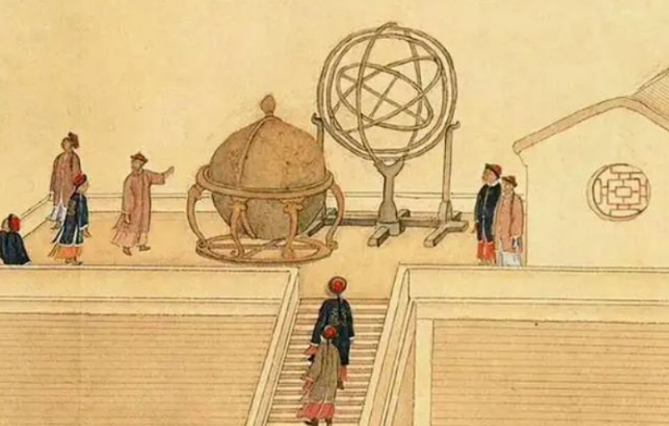Welcome this year's first dragon year dragon moon dragon day dragon time!
From 7 PM to 9 PM on April 10, 2024, it will be the first "Dragon Year, Dragon Moon, Dragon Sun, Dragon hour" of the year. This is an interesting phenomenon formed by the use of traditional branches and zodiac disciplines to mark the year, month, day and hour.
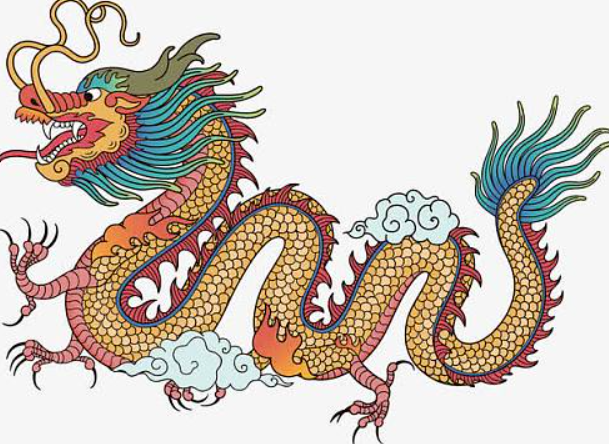
2024 coincides with the Jiachenlong Year in the traditional Chinese Ganzhi calendar, and the so-called Dragon Moon, Dragon Day and Dragon hour are Chen Moon, Chen Day and Chen hour. This special year has given people deep feelings and unique expectations for "dragon".
This year, there are three dragon days in the Dragon month, so there will be three "dragon years, dragon moons, dragon days, dragon hours," on April 10, April 22, and May 4 from 7:00 to 9:00.
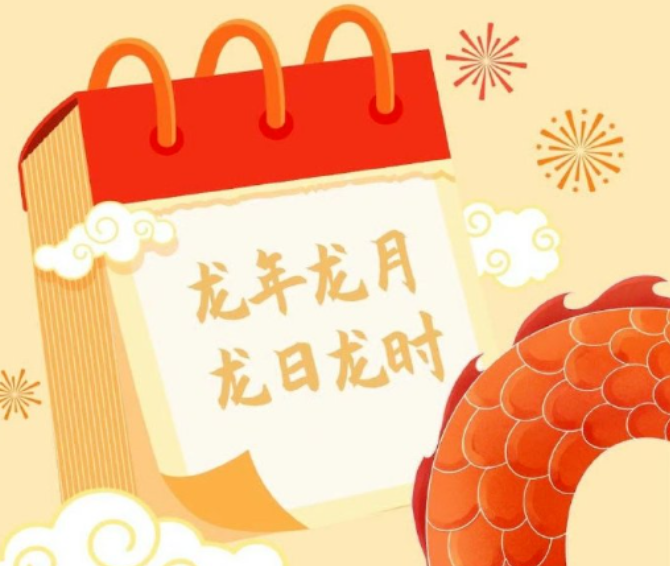
In Chinese culture, the "dragon" symbolizes honor, luck and power, and the "Year of the Dragon" is placed on many beautiful connotations. "Dragon Month" refers to the Chen month, that is, the lunar month of March, which is the season when the earth returns to spring and all things recover, just like the awakening of the dragon, ready to start. "Dragon Day" refers to the day of the earth branch as "Chen", that is, the lunar month of the Chen day. "Dragon Time" refers to the hour of the day when the earth branch is "Chen", that is, from 7 to 9 in the morning, when the sun rises and is full of vigor and vitality, just like the dragon rises and clouds rise, full of vitality and vitality.

What is Ganzhi Calendar?

The Ganzhi chronology is a method that has been used in the Chinese calendar since ancient times.
Dry branch is the general name of the sky and earth branches.
The ten symbols of A, B, C, D, E, Ji, Geng, Xin, Ren, and GUI are called Tiangan; Zi, Chou, Yin, MAO, Chen, Si, Wu, wei, Shen, you, Xu, Hai twelve symbols called the earth branch.
The order of the branches matches exactly sixty for a week, and the cycle is repeated, and the cycle is recorded, which is commonly known as the "branch table".
The Ganzhi calendar changes to the beginning of spring every year.
The actual value of the Ganzhi dating method?
The Classics, the Book of Changes, the Huangdi Neijing, the Zizhi Tongjian and other works with great influence on later generations all used this method. It involves the fields of history, classics, medicine and so on. It can be said that this is like the influence of Arabic numerals on the whole natural science, it is the cornerstone of traditional Chinese culture.
The history of Ganzhi chronology.

The legend of Ganzhi chronology comes from the Yellow Emperor era. In fact, it sprouted in the early Western Han Dynasty, started in Wang Mang, and spread after the Eastern Han Dynasty. Some people think that before Emperor Wudi of Han Dynasty, China had used the dry branches to record the years. In the Zhuanxu calendar, the first year (104 BC) of the West Han Emperor Wudi was Tai-sui in the third, and the Tai-Chu calendar was changed to Ding Chou by the method of Chaochen. At the end of Emperor Cheng of Han Dynasty, the Three Series calendar re-compiled by Liu Xin changed the first year of Taichu to the third year, and the second year of Taishi (95 BC) from the first year of Yiyou to the second year of Pingxu. From this, we know that there are some confusion between the Ganzhi chronology and the Taisui chronology in the Western Han Dynasty.
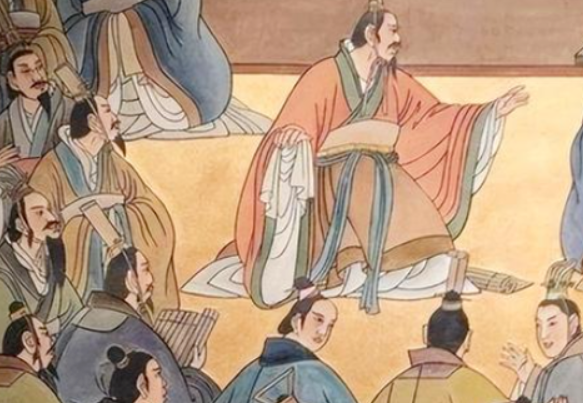
By the Eastern Han Dynasty, calendar scholars did not use the superchen method. Therefore, the Taisui period and the Ganzhi period are identical on the surface of Taishi second year. In the second year of Yuan and Emperor Zhang of Han (85 AD), the court ordered the implementation of the Ganzhi Year throughout the country. Since then, the Ganzhi calendar has been fixed and has continued to this day without further confusion. Therefore, the Eastern Han people used the dry branches to correspond with the year of the year, so that we have our present historical chronology.

Tianqian
(A) is like grass and trees breaking the ground and Meng, Yang is wrapped in Yin. Others believe that the armor of the armour also breaks through its armor and stands out.
(B) When vegetation is born, the branches and leaves are soft and flexible. B is also rolling.
(C) Bright, like the sun, burning fire, all things are bright and clear.
(D) Strong , plants and trees grow strong, like people's Chengding.
(E) MAO also symbolizes the lush vegetation of the earth.
(F) Qi also, Ji also, all things bend up, tangible can be ji.
(G) the autumn harvest and wait for spring.
(H) Gold tastes hot, and things taste good after they become. There is also a view that Xin Xin also, all things changed in awe, xiu real new into.
(I) Pregnancy also, Yang latent, all things pregnant.
(J) Kui also, all things closed, pregnant underground, Kui ran Ming bud.
Earth branch
(son) iniquity also, plants and trees are born, sucking out the moisture in the soil, for the beginning of a Yang Meng.
(Ugly) Niuya, plants and trees sprout in the soil, buckling to rise from the ground.
(Yin) also, Jin also, in the cold soil of the flexion of vegetation, facing the spring sun stretching from the ground. MAO also, sunshine in the east, all things flourishing.
(Chen) Zhen also, stretching also, all things are shaking up and born, Yang Qi has been more than half.
(Si) Qi also, all things flourish and rise, Yin qi disappears, pure Yang without Yin. In the afternoon, all things are full and grow, Yang is full and Yin begins to sprout. The fruit is ripe and flavorful.
(Shen) The body, the object has grown. Old and still, all things shrink and converge at this time. Plants and trees wither, and life becomes extinct.
(Hai) impeach also, Yin qi impeach kill all things, to this has reached the extreme.
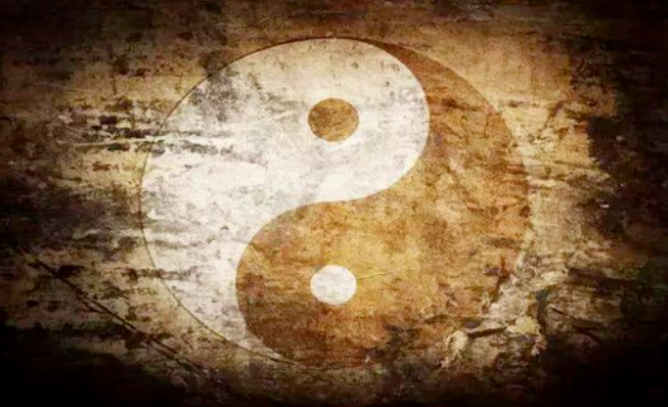
The production of the sky dry earth branch and the direction pointed by the Beidou bucket handle (guanzi · circulation) said: "The bucket handle refers to the east, the world is spring; Bucket handle south refers to the world all summer; Bucket handle west refers to the world is autumn; Bucket handle north refers to the world is winter ") related.
At this time, the Tianqian ground branch with yin-yang and five elements not only contains the concept of time, but also contains the concept of spatial orientation. "Huainan Zi · Astronomical Xun" has such records: in the East, "Jia Yi, Yin MAO, Mu Ya", the main spring; South "Bingding, Siwu, fire also", the main summer; Western "Geng Xin, Shen You, Jin also", the main autumn; North "No GUI, Hai Zi, water also", the main winter; In the center, "Wu Ji, four seasons (Chen Chou not yet), earth also", the main season summer (later according to the earth Wang four seasons, into three (Chen), six (wei), nine (xu), twelve (Chou) four months, that is, the last month in the four seasons.
